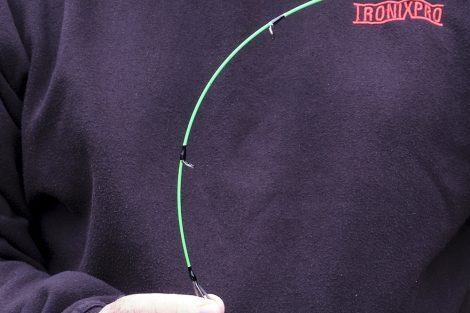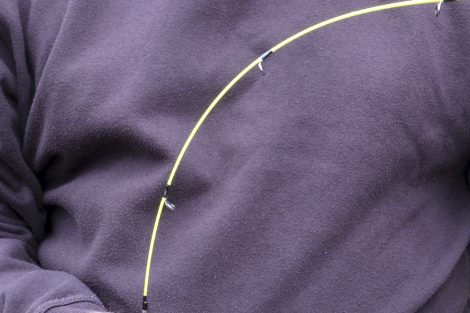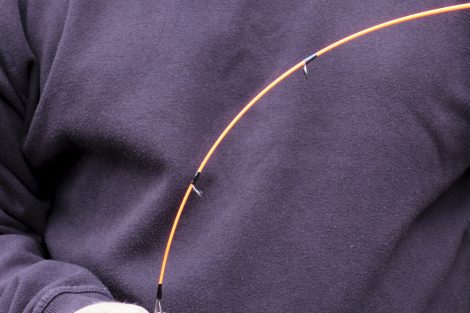Rods with a choice of three different tips have been common in freshwater fishing for decades yet are relatively new for saltwater work. The swing to light tackle, especially the surge in species hunting, has seen these rods establish a significant share of the sea angling market over the past decade. Especially with anglers looking for a rod that can do multiple jobs, but more so the more experienced angler or competition angler looking for maximum performance and bite detection. But what are the specific advantages of triple tipped rods, and why should we add one to our armoury?
Modern triple tip rods come in various guises. Here at Tronixpro, we produce two. The first is the Banzai Mullet rod, a 12ft rod with feeder style tips rated 2oz, 3oz and 4oz. It has been designed to be fished with fixed spool reels in the 4000 to 5000 size.
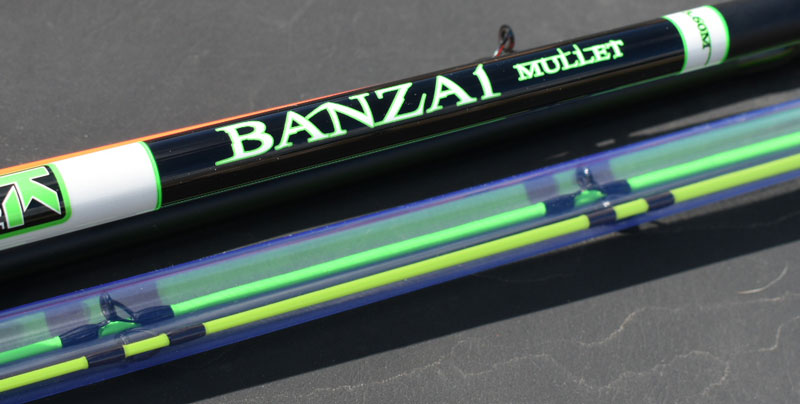
The second triple tip rod in our range is the Banzai Multi Tip. This comes with a glass tip and two carbon tips and is 14ft 9in. These three tips make this a versatile, close quarters fishing tool with excellent bite detection and the ability to cast fragile baits without blowing them up. This style is often referred to as a beach ledgering rod, designed for clean ground beach fishing, offering finesse fishing when scratching and match fishing. This rod can be fished with bigger fixed spool reels in the 7000 to 8000 size.
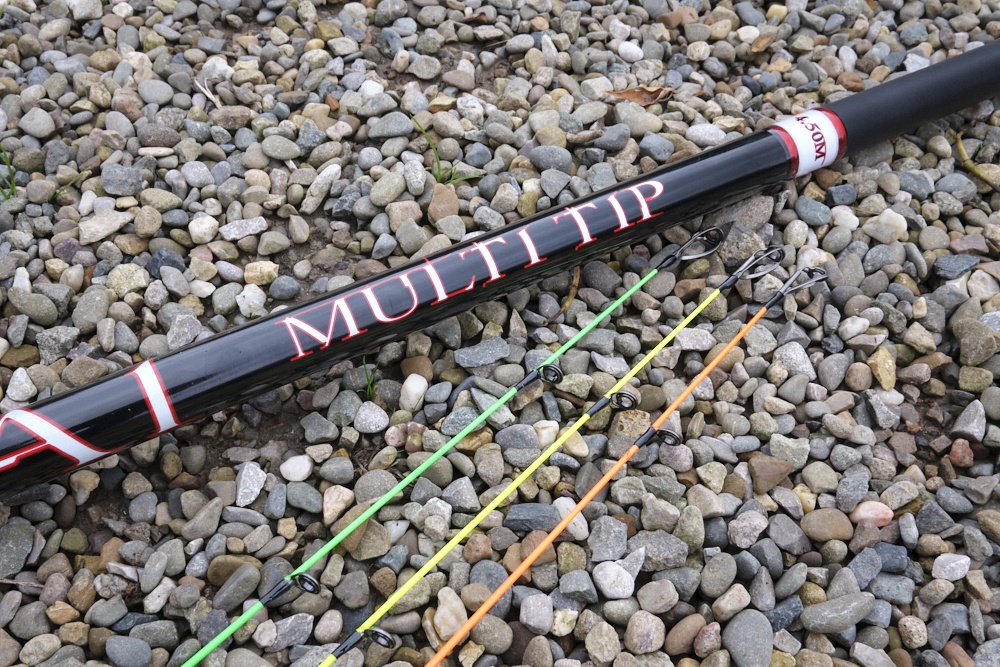
The butt and mid-section of these rods are designed with an action that progressively loads power from where the tip spigot connects down through the mid-section into a stiff butt. As power is transferred through the mid-section and into the butt, this generates casting power and provides a leverage point to allow the rod to pressure bigger fish during the fight.
The versatility of these rods is with the triple tip sections. These come in a variety of strengths or styles depending on the rod. Some rods come with specific tips to cast up to a casting weight. Other rods will come with specific tips to change how the rod reacts to bites. Each tip is usually colour coded for instant identification. Typically, lighter colours are used for the lighter rated tips and darker colours, usually, red or orange indicates a heavier tip.
Shore Fishing
The lighter tip is ideal for light ledger fishing inside estuary creeks and in very light surf conditions at close range with light leads plus bait. It offers a supple tip highlighting shy bites from smaller fish such as flounder, plaice, small wrasse, small bream and the like. It can also be pressed into service from man-made structures when after smaller wrasse, and even be used for light float fishing when targeting garfish scad, and even smaller mullet inside harbours.
Due to its soft nature, this lighter tip is the tip to pick when flicking delicate baits such as maddie rag hooked just once in the head and left to wriggle enticingly in the shallow surf tables for golden grey mullet. Other soft baits such as small mussel, crab, prawn and bread bits can also be used as the soft action puts less stress on the bait during the cast. This is a big advantage when targeting species like spooky gilthead bream right under the rod tip when fishing narrow estuary creeks and channels.
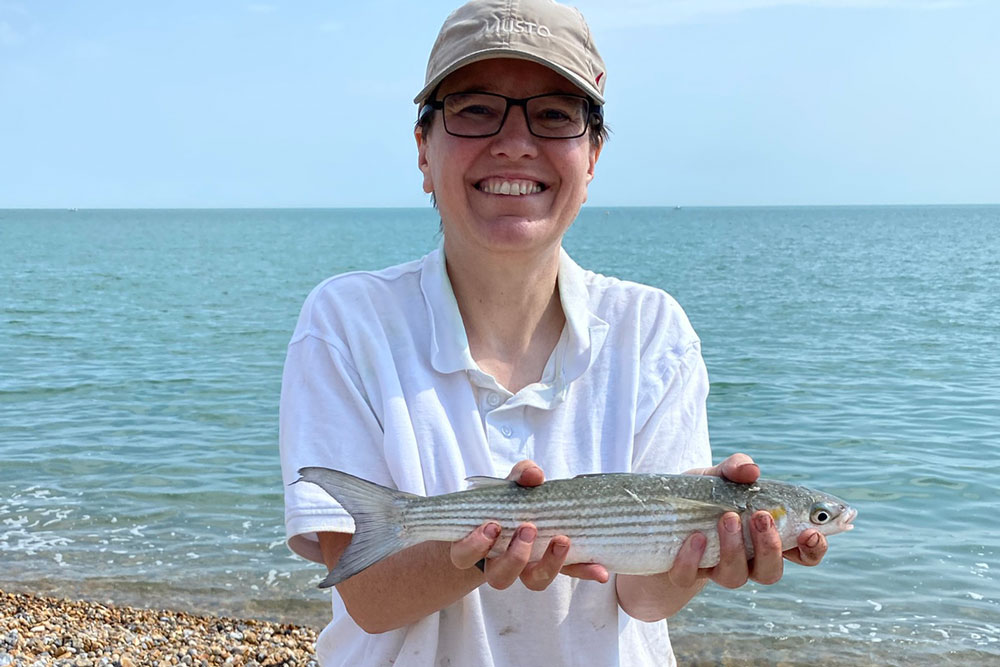
If you’re fishing main estuary channels where the tide flow is faster or on surf beaches with a light surf running, the heavier tips come into play when heavier leads are needed to hold the bottom, but you still retain that soft natured tip to enhance bite detection. Heavier rated tips will also cast further. They can also be used for general float fishing, and the length of these rods makes them ideal for bigger mullet and wrasse when reaching out over breakwater rocks, marina pontoons and other structures.
Boat Fishing
These rods are not just for shore fishing. The shorter 12ft rods are ideal for boat fishing. The light, supple tips offer incredible bit detection when fishing over rough ground, either at anchor or on the drift, when targeting smaller species such as small ballan wrasse, goldsinny wrasse, corkwing wrasse, cuckoo wrasse, as well as small pollack, coalfish, and any other small bottom feeders.
The heavier tips work best when casting away from the boat to fish for general bottom feeders like flatfish, whiting, gurnards, bream and many other species. They can also be used for smoothhound, who are notorious for picking up and dropping baits on calmer days when the fish feels the resistance of heavier boat and uptide rod tips. The supple triple tip gives enough freedom for the fish to take the bait in confidently but gives the angler the benefit of instant bite detection.
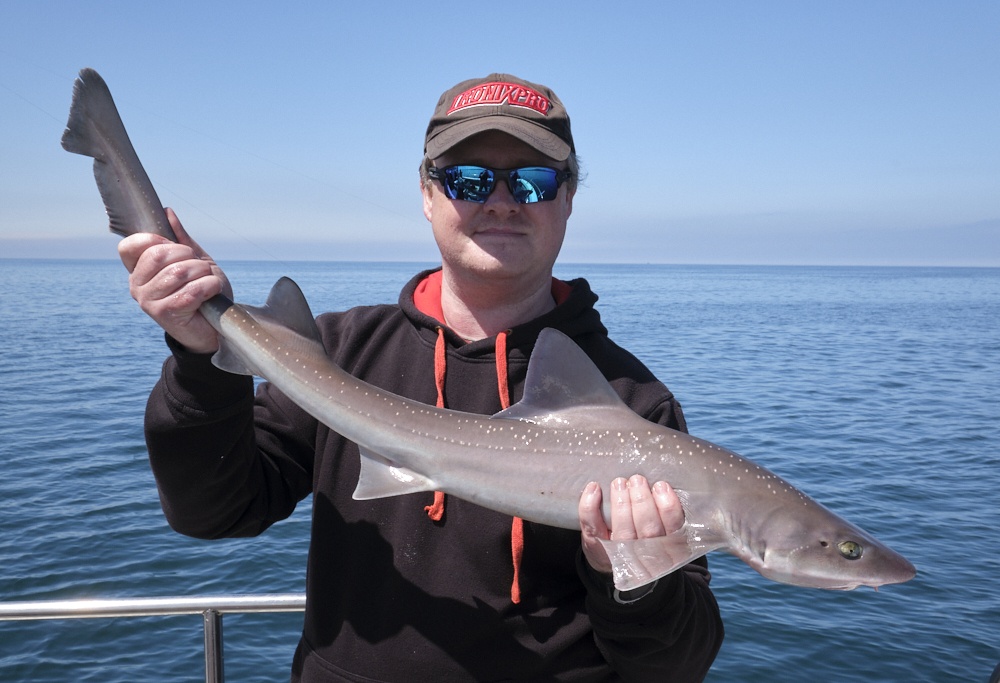
Another advantage of the triple tip is its length on the boat. When used with a fixed spool reel, a simple flick of the wrist will send the lead weight 20 or 30-yards away from the boat, putting your bait out on its own and not competing with other angler’s baits. Casting away from the boat also means you can literally explore all the ground within your personal casting window. If you take note, you’ll find that certain little areas produce twice the number of bites. This may be a little depression in the seabed, a few stones, maybe a single rock, but this is enough of a feature to attract feeding fish more so than other surrounding areas.
Braided Line
Although these triple tip rods can be used with mono lines, a braid main line, such as Tronixpro X8 Power Braid works in conjunction with the soft tips far better and further enhances bite detection. The braid line has next to no stretch, so all the energy from a fish taking in the hook and bait is transferred up the line and into the tip section and rod and ultimately the hands. Even the lightest of bites will register on the soft tip, which is a major advantage when fishing in clear conditions and calm seas. This combination is especially good in the post-Christmas period, often referred to as the “scratching” season, when only small fish are left inshore and reluctant to feed in cold seas and bright conditions.
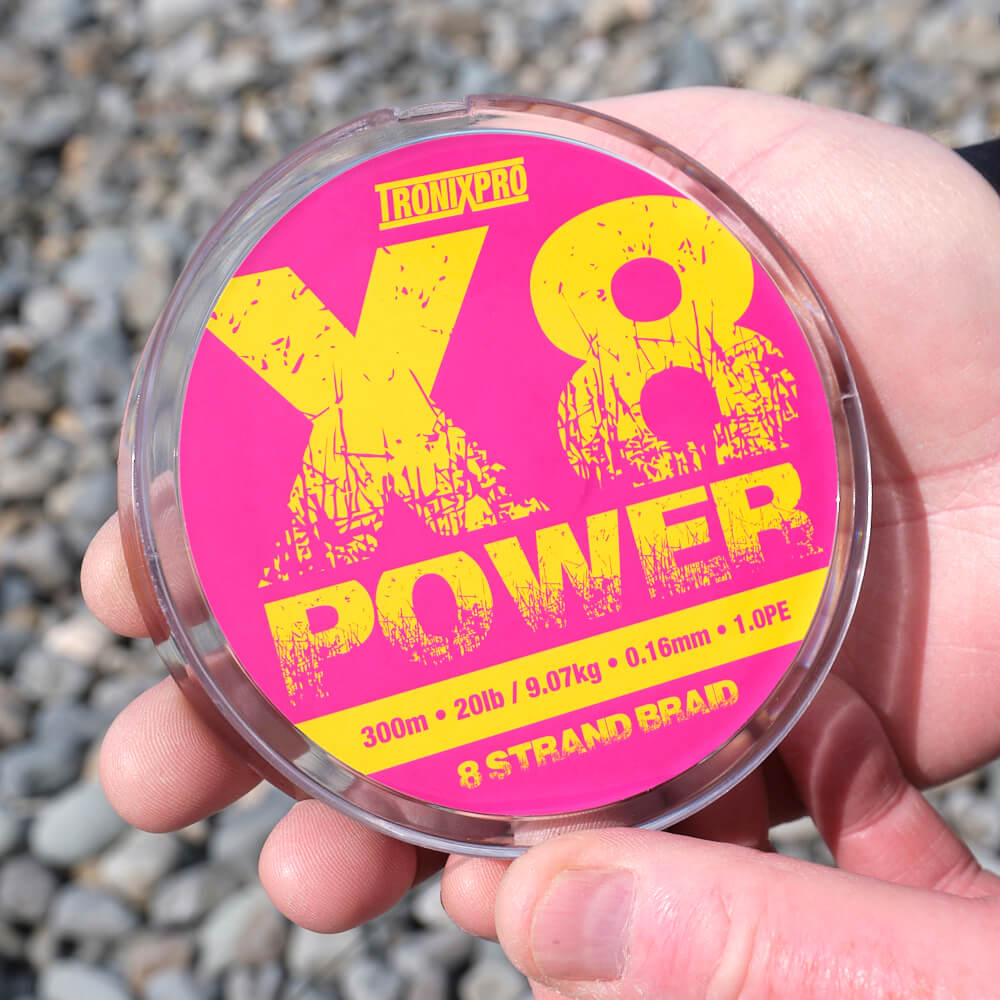
The benefits of having a triple tip rod at your disposal are many, and those that have them would now never be without them. Their versatility and bite detection abilities make them an essential item of tackle throughout the year that can produce fish when other tackle struggles.


